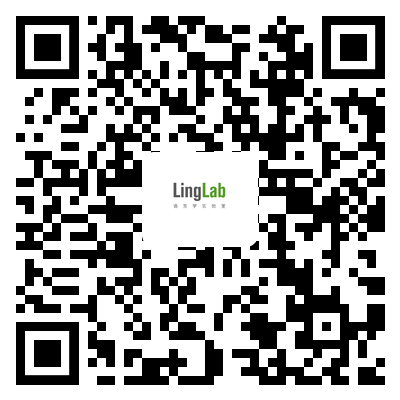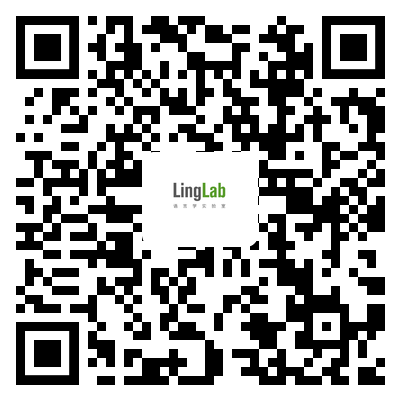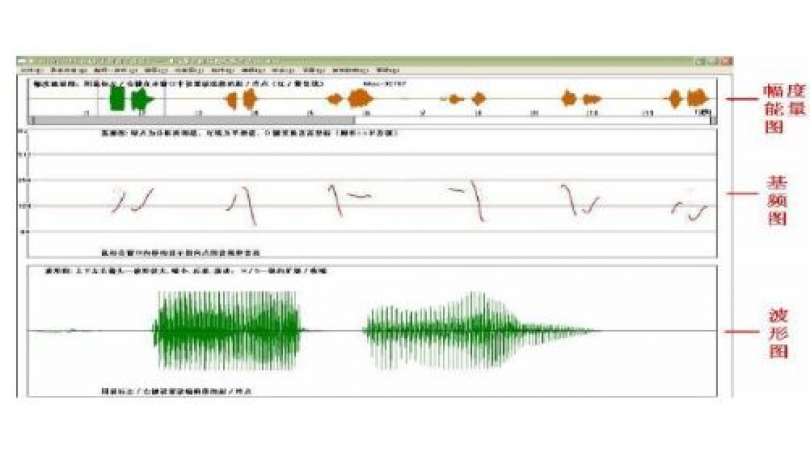1282 阅读 20 下载 2020-11-14 11:09:48 上传 4.25 MB
General Editors’ Preface
Research and Practice in Applied Linguistics provides the essential cross- over between research in applied linguistics and its practical applica- tions in the professions. Written by leading scholars and practitioners, the series provides rapid and authoritative access to current scholarship and research on key topics in language education and professional com- munication more broadly. Books in the series are designed for students and researchers in Applied Linguistics, TESOL, Language Education, Communication Studies and related fields and for professionals con- cerned with language and communication.
Every book in this innovative series is designed to be user-friendly, with clear illustrations and accessible style. The quotations and defi- nitions of key concepts that punctuate the main text are intended to ensure that many, often competing, voices are heard. Each book presents a concise historical and conceptual overview of its chosen field, identi- fying many lines of enquiry and findings, but also gaps and disagree- ments. Throughout the books, readers are encouraged to take up issues of enquiry and research that relate to their own contexts of practice, guided by reflective and exploratory questions and examples that invite practical connections to their work.
The focus throughout is on exploring the relationship between research and practice. How far can research provide answers to the questions and issues that arise in practice? How should we warrant the relevance of
vii
viii General Editors’ Preface
research to practice? Can research questions that arise and are examined in very specific circumstances be informed by, and inform, the global body of research and practice? What different kinds of information can be obtained from different research methodologies? How should we make a selection between the options available, and how far are different methods compatible with each other? How can the results of research be turned into practical action?
The books in this series identify key researchable areas in the field and provide workable examples of research projects, backed up by details of appropriate research tools and resources. Case studies and exemplars of research and practice are drawn on throughout the books. References to key institutions, individual research lists, journals and professional organ- isations provide starting points for gathering information and embarking on research. The books also include annotated lists of key works in the field for further study.
The overall objective of the series is to illustrate the message that in Applied Linguistics there can be no good professional practice that isn’t based on good research, and there can be no good research that isn’t informed by practice.
Christopher N. Candlin, Jonathan Crichton
Acknowledgements
The primary acknowledgement for this book lies with Chris Candlin. It grew out of his work and thought. He led, inspired and guided its development from 2008 to early 2015, when, with his health declining, he could no longer actively contribute to its completion. In bringing the book to publication, we have sought to reflect his vision for the book, for the promise of discourse and the potential of its analysis. Any errors or omissions remain ours alone.
We would also like to acknowledge Chris’ and our families for their support during the preparation of the book.
Further acknowledgements are due to City University of Hong Kong and Polity Press, UK, for permissions to reprint copyright material as follows.
Appearing as Fig. 7.1 in Chap. 7, p. 255. This figure is originally pub- lished in ‘Language Matters: Communication, Culture and Identity’, p. 12 Figure 1 ©2004 City University of Hong Kong. Used by permis- sion of City University of Hong Kong Press. All rights reserved.
Appearing as Fig. 9.1 in Chap. 9, p. 299. This figure is originally pub- lished in ‘New Strategies in Social Research: An Introduction and Guide’, p. 72 Figure 5.1 ©1993 Polity Press, Cambridge, UK. Used by permis- sion of Polity Press. All rights reserved.
We also would like to thank colleagues and students at our respec- tive universities for their feedback on ideas, concepts and activities that
ix
x Acknowledgements
inhabit this book and whose contribution made it an even more reward- ing experience to write.
Finally, while Chris is lead author, the order of our author names is alphabetical.
Jonathan Crichton Stephen H. Moore














